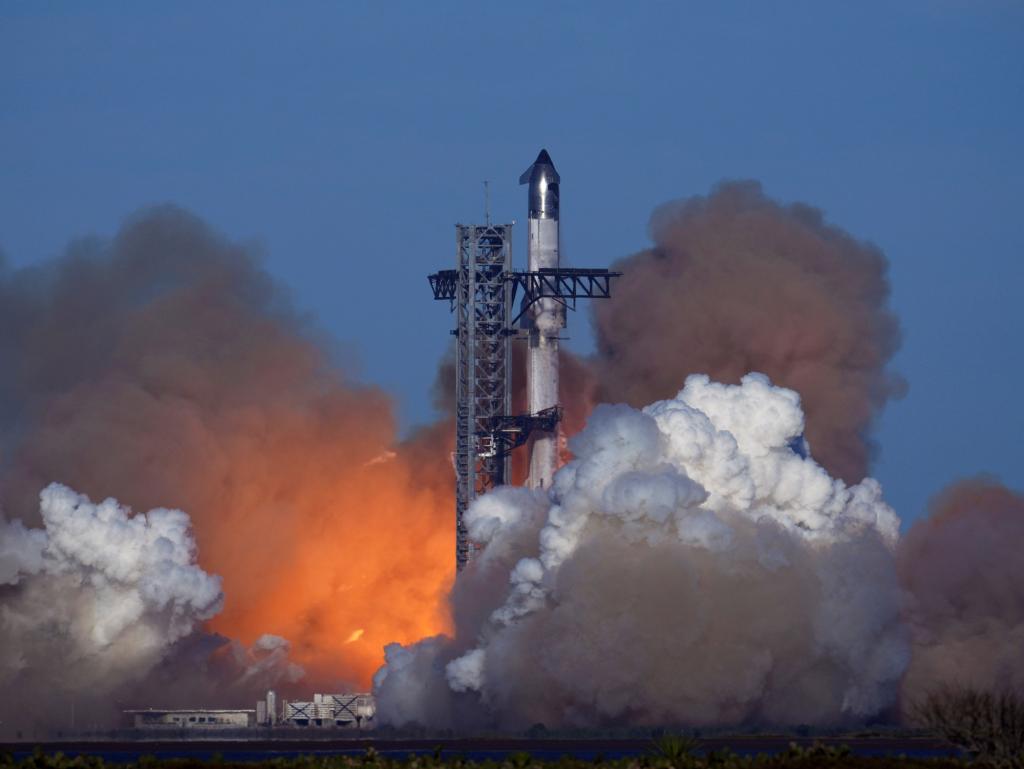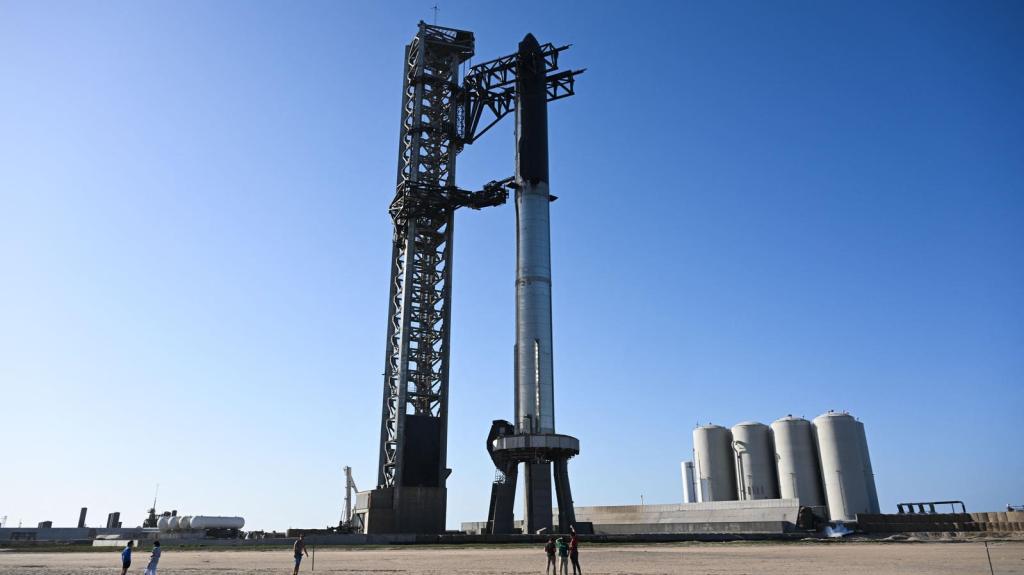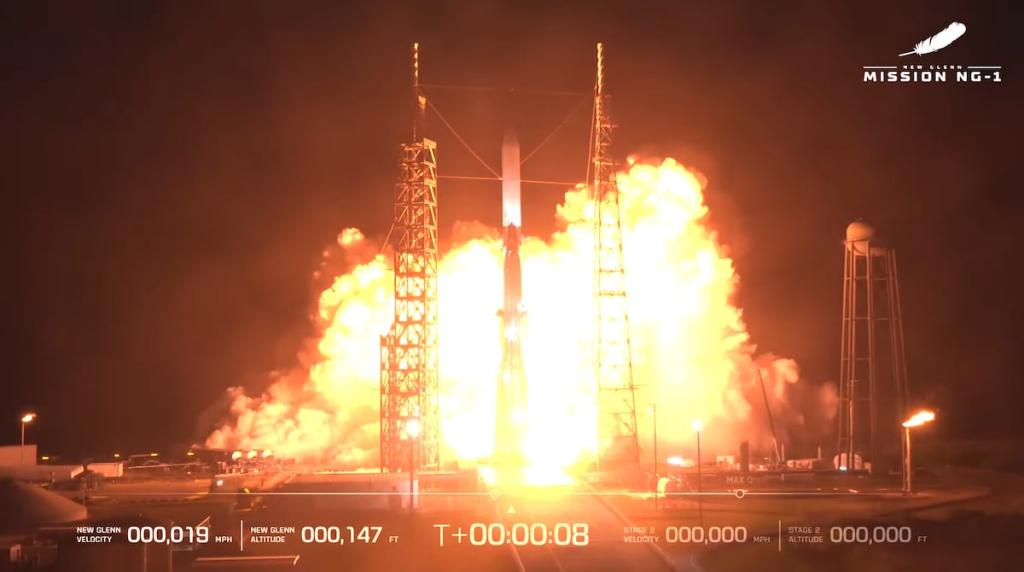NASA's Parker Solar Probe Sets Record for Closest Flyby of Sun
Discover how NASA's Parker Solar Probe is set to make history with its record-breaking close flyby of the Sun, unlocking solar mysteries.
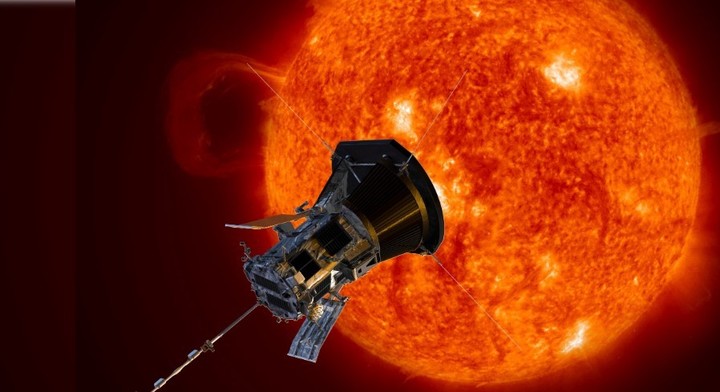
Key Points
- The Parker Solar Probe
is set to achieve a historic milestone by flying within 3.8 million miles of the Sun, the closest any human-made object has ever been.
- This mission aims to unravel the mysteries of the solar corona and solar winds, vital for understanding their impact on Earth's technology and climate.
- By gathering unprecedented data, the Parker Solar Probe helps enhance our ability to predict solar activity, ultimately safeguarding satellite operations and power grids.
The boundaries of our solar system have always fascinated humankind, but none more so than our very own Sun. This celestial giant, which sustains life on Earth, remains a subject of intrigue and mystery. As part of NASA's ambitious quest to unlock the secrets of our star, the Parker Solar Probe is set to achieve an astonishing milestone this December. On Christmas Eve, this groundbreaking spacecraft will come within a record-breaking 3.8 million miles of the Sun's surface, making it the closest any man-made object has ever approached a star.
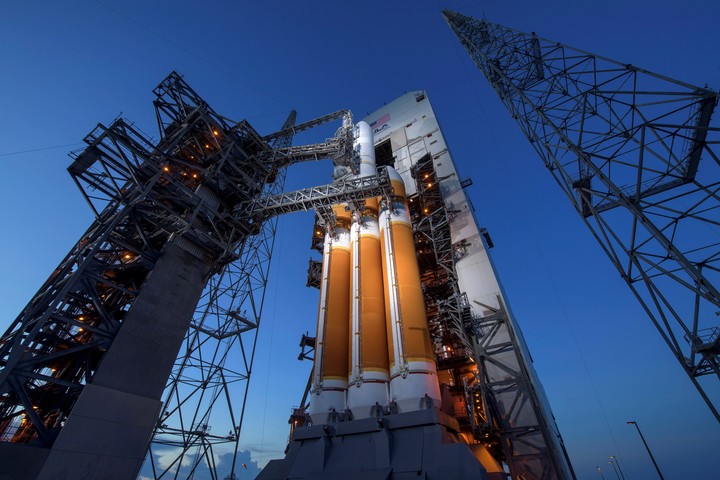
The Journey of the Parker Solar Probe
Launched in August 2018, the Parker Solar Probe has been on a mission to obtain critical data about the Sun, focusing on its outer atmosphere, known as the corona. This region is notoriously difficult to study due to its extreme conditions; nevertheless, the probe’s innovative heat shield allows it to endure scorching temperatures up to 2,500 degrees Fahrenheit (1,371 degrees Celsius). This engineering marvel has already sailed through the Sun's corona and now prepares for its closest pass yet.
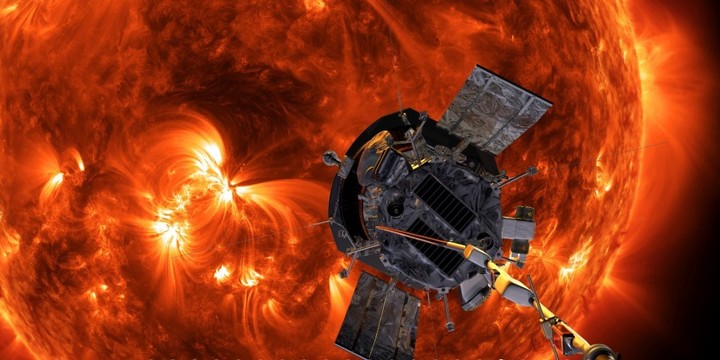
A Leap into the Unknown
The upcoming flyby promises to be a significant event for both the Parker Solar Probe and the scientific community. As it closes in on December 24th, it will travel at an astounding speed of approximately 430,000 miles per hour (690,000 kilometers per hour). At its closest point, if the Sun and Earth were on opposite ends of a football field, the Parker would be merely four yards from the Sun. This proximity allows scientists to gather unprecedented data that could provide answers to long-standing questions, such as why the corona is significantly hotter than the Sun's surface — a mystery that has puzzled scientists for decades.

Why This Matters
The implications of this research are profound. Understanding solar phenomena, such as solar winds and coronal mass ejections, is essential for predicting space weather that can affect Earth-based technologies. Severe solar storms can disrupt communication, impact satellite functionality, and even pose risks to astronauts in space. By untangling the mysteries of the Sun's behavior, scientists hope to enhance our ability to forecast these events, aiding both technological infrastructure on Earth and future space endeavors.

Science in Action
The Parker Solar Probe isn’t just a spacecraft; it symbolizes humanity's quest for knowledge and exploration. Each data point it collects not only deepens our understanding of solar physics but also validates the pioneering work of astrophysicists like Eugene Parker, who first theorized the solar wind. The probe's mission reflects a seamless blend of engineering excellence and scientific inquiry that pushes the boundaries of what we know.
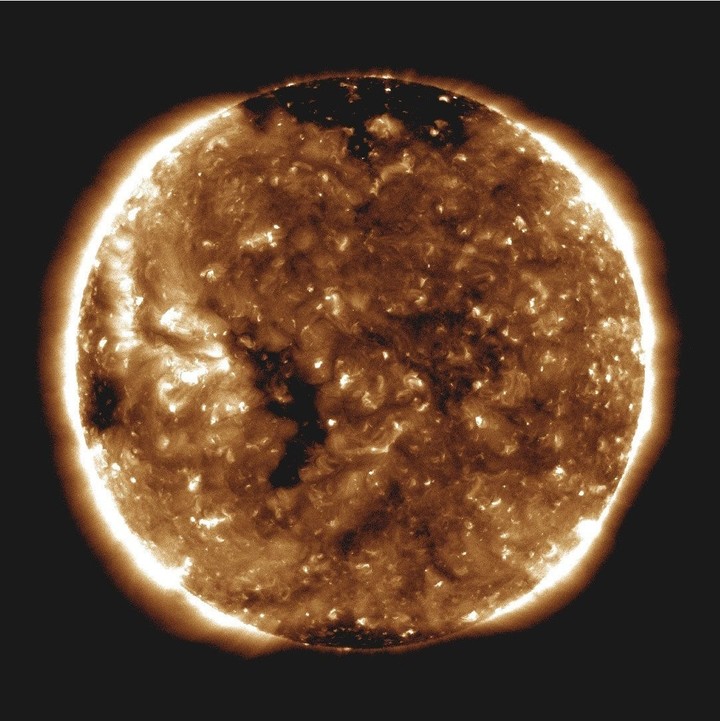
As we await signals from the Parker Solar Probe after its closest encounter with the Sun, the excitement is palpable. This mission is a testament to human ingenuity, showing what’s possible when we dare to reach beyond our limits.

In summary, the Parker Solar Probe is not just a mission; it's a vital step into the uncharted territories of our solar system. With each close flyby, we are closer to unraveling the mysteries of the Sun and enhancing our ability to predict solar activity that affects life on Earth. As it continues its journey, our understanding of the Sun and its influence on our planet promises to grow exponentially, paving the way for future explorations in space science.
